Paul McCartney is so much more than one of the greatest songwriters of a generation. He’s also a pretty impressive multi-instrumentalist. In fact, it’s been confirmed that he can play at least 54 different instruments, from the classic bass to the mandolin to the autoharp to rarer instruments like the clavichord. Let’s take a look at just three experimental instruments that Paul McCartney has used in his music! This list is, obviously, very far from exhaustive.
Videos by American Songwriter
1. Mellotron
The fascinating Mellotron was first introduced to Paul McCartney back in The Beatles days. It was used in the song “Strawberry Fields Forever”, but McCartney wasn’t done with it yet. He used the instrument in solo songs like “Singalong Junk” and others.
So, what exactly is this piano-like instrument? This electro-mechanical instrument was invented in the early 1960s in England. It looks like your basic keyboard, but it’s actually an early form of what would become the modern synthesizer. Mellotrons use magnetic tapes to play keys, rather than using digital playback. They’re obviously not as popular anymore, but they were a pretty big thing in the 1960s and 1970s.
2. Wineglasses
Paul McCartney has used experimental instruments often through the years, and nothing gets more experimental than the wineglass. McCartney famously played the wineglasses on the track “This One” from the 1989 record Flowers In The Dirt, as well as the song “Hot As Sun / Glasses” from McCartney’s debut 1970 self-titled solo album.
3. Harpsichord
Paul McCartney’s experimental instruments have gotten weirder than this, but I’m a pretty big fan of how he used the harpsichord in his music. Specifically, McCartney used this old-school instrument in both its acoustic and electric forms on the title track for the 2013 album New, as well as the album and film Give My Regards To Broad Street from 1984.
Similar to a piano, a harpsichord uses a mechanism made from quill to pluck strings inside of the body of the instrument. A soundboard inside of the instrument amplifies the sound made by the strings. In a way, the harpsichord is like the piano’s guitar-playing uncle that fell out of style in the late 18th century.
Photo by Cummings Archives/Redferns
When you purchase through links on our site, we may earn an affiliate commission.

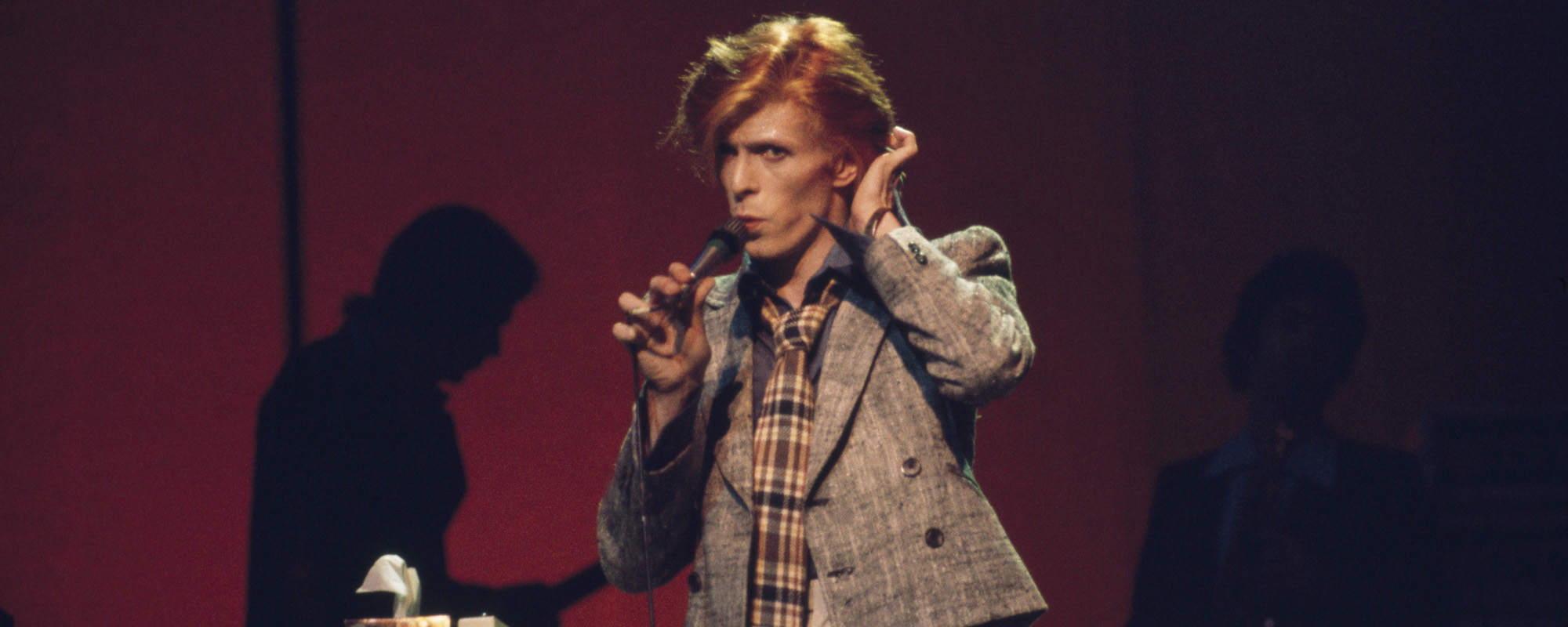
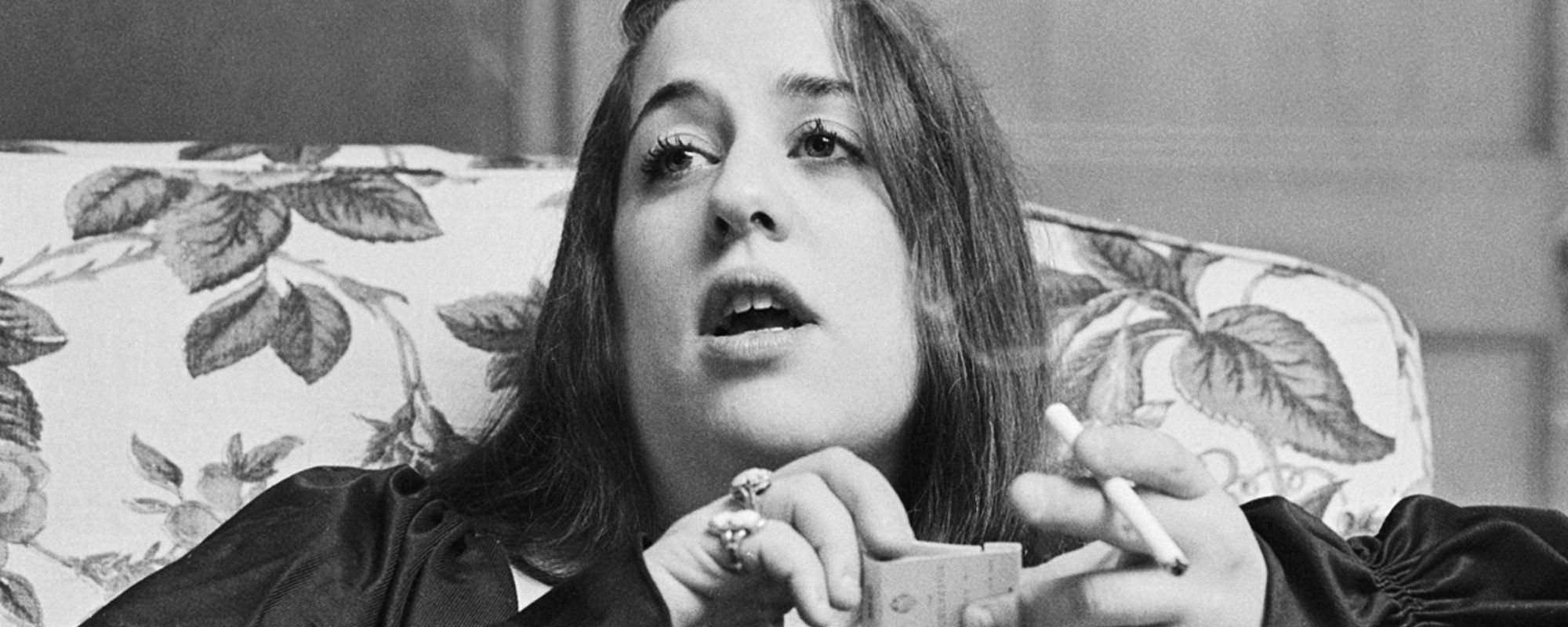


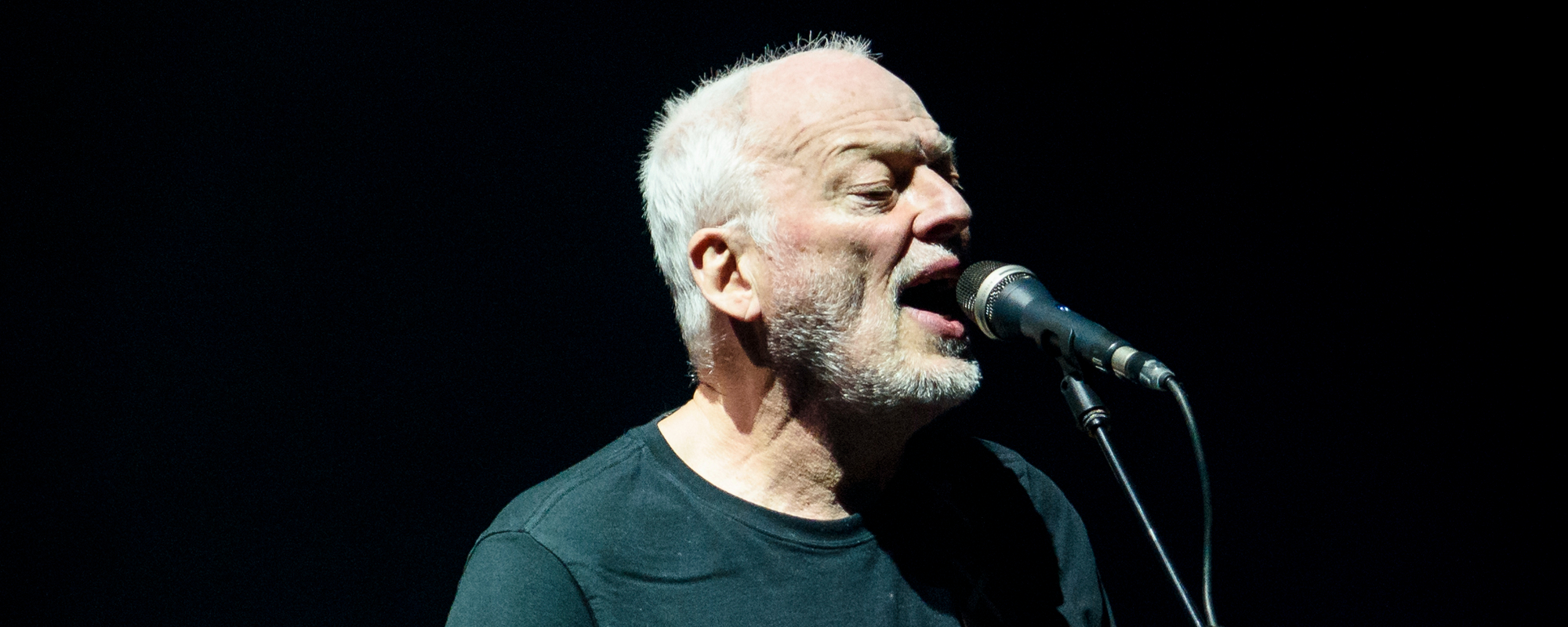
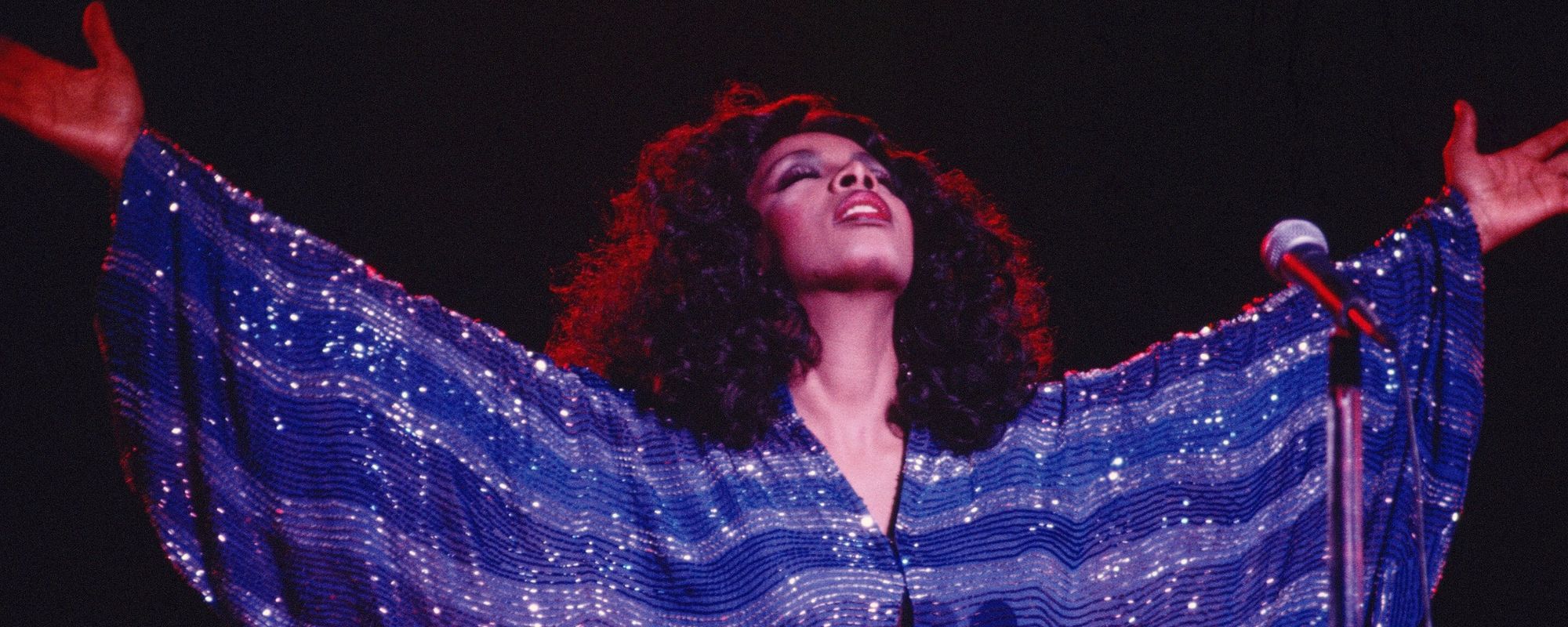
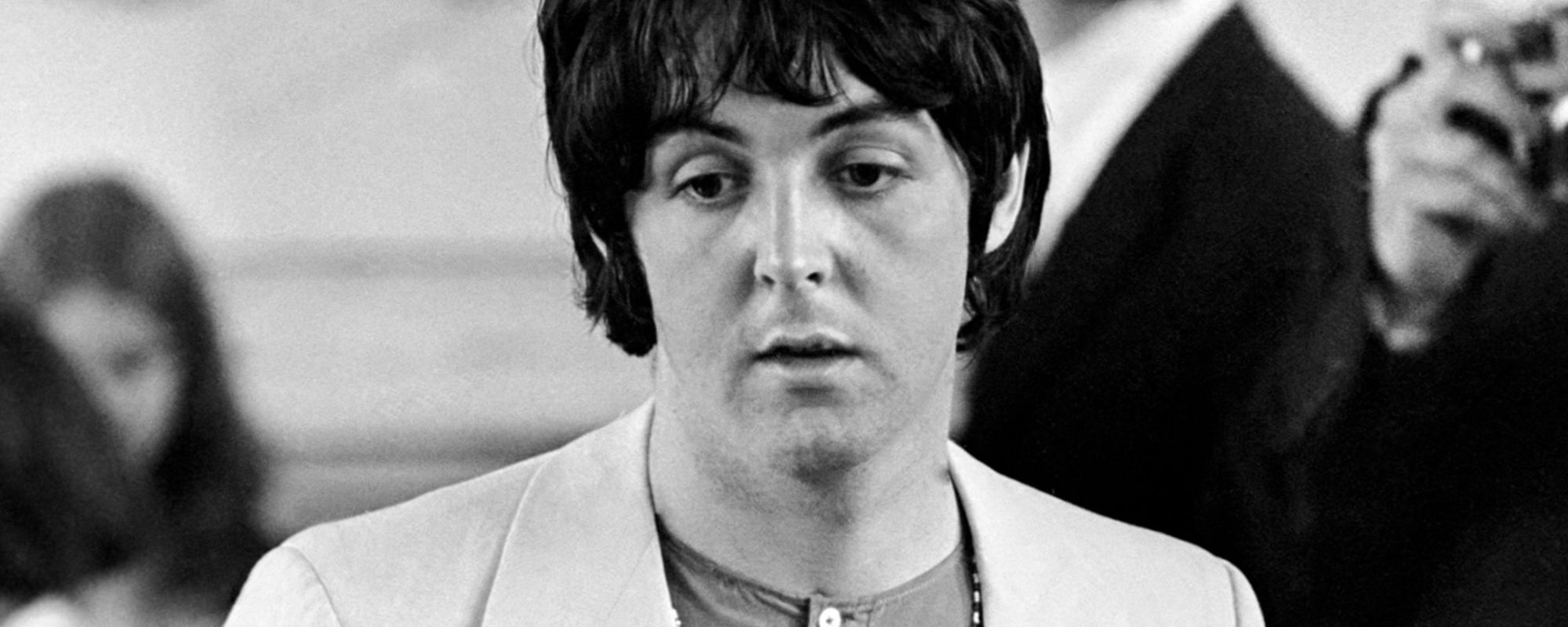
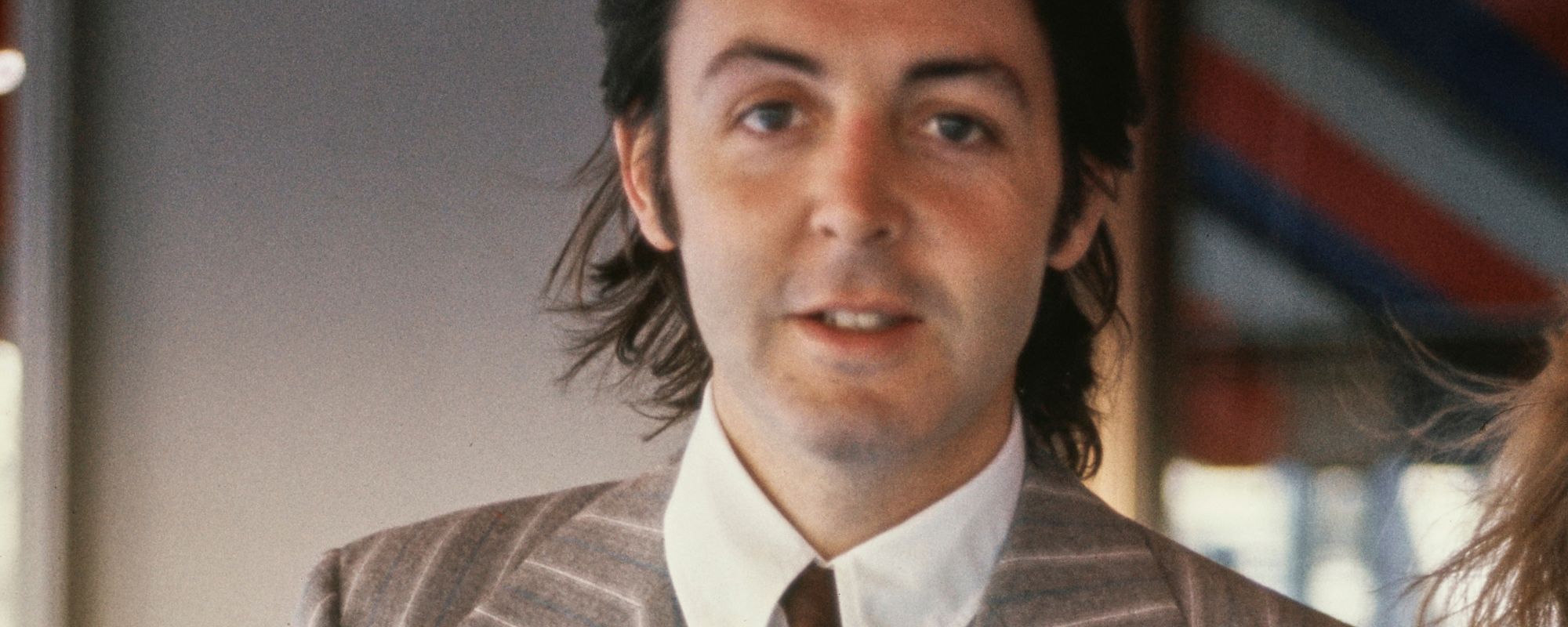
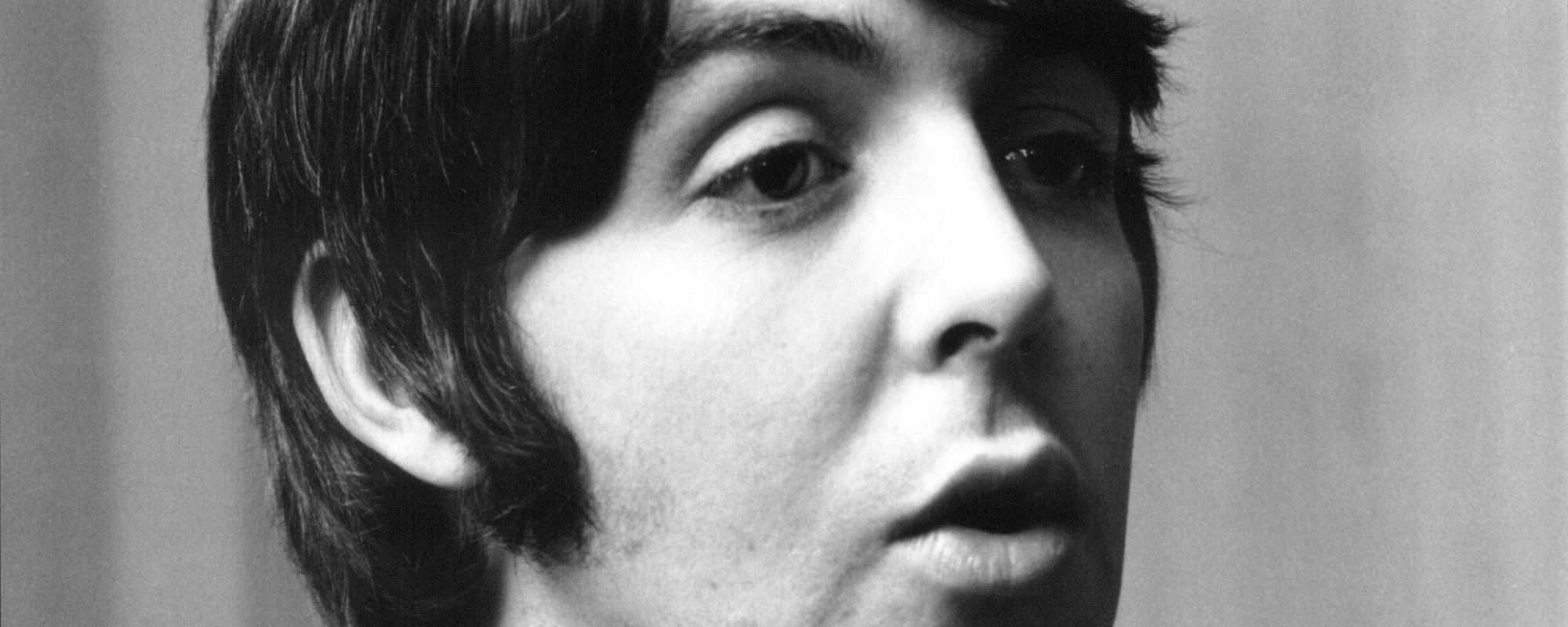

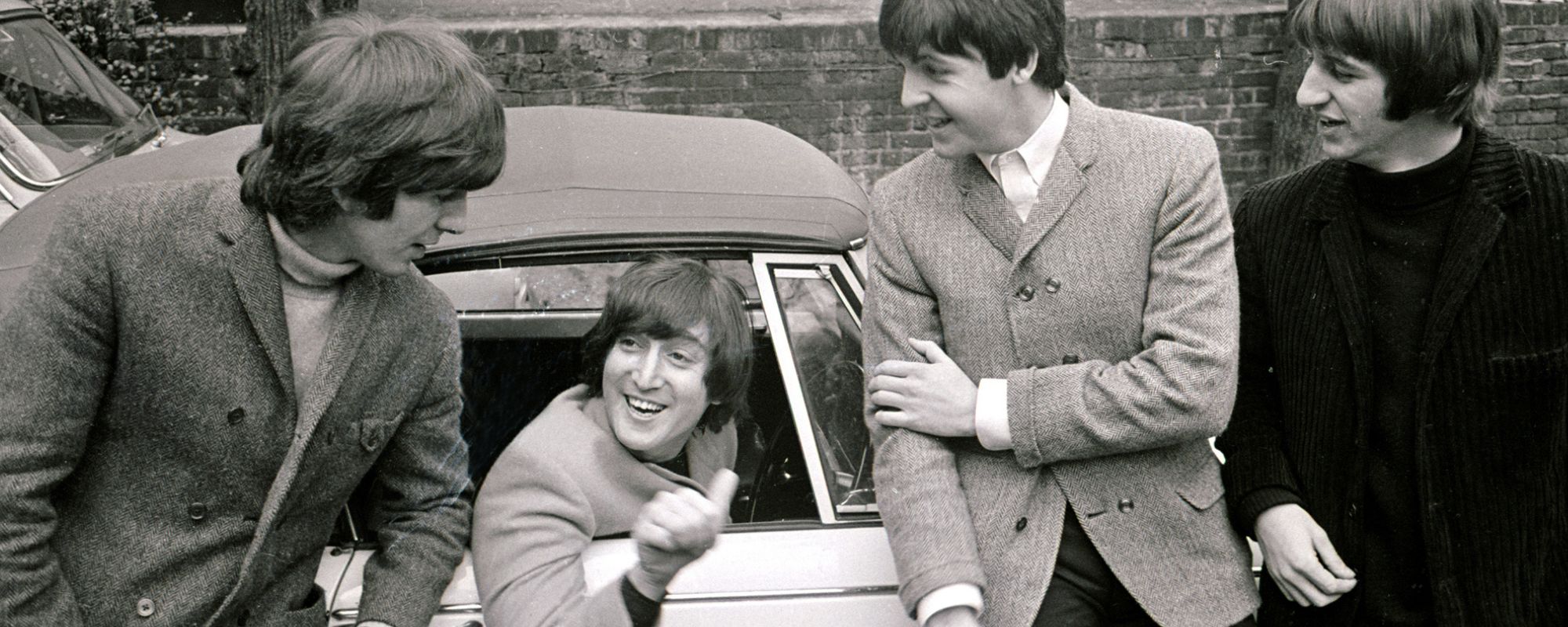

Leave a Reply
Only members can comment. Become a member. Already a member? Log in.